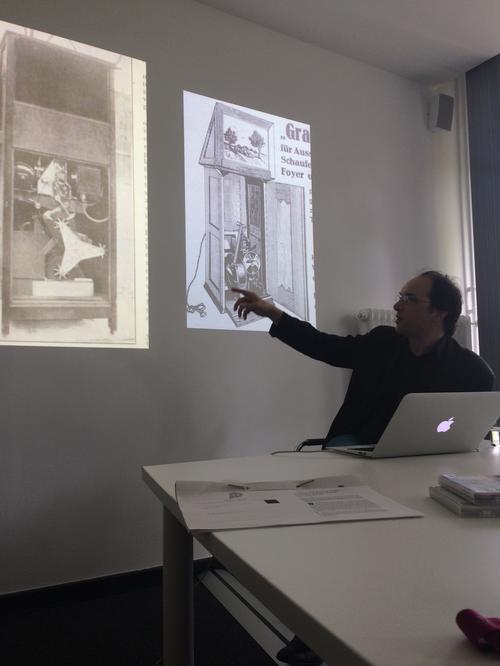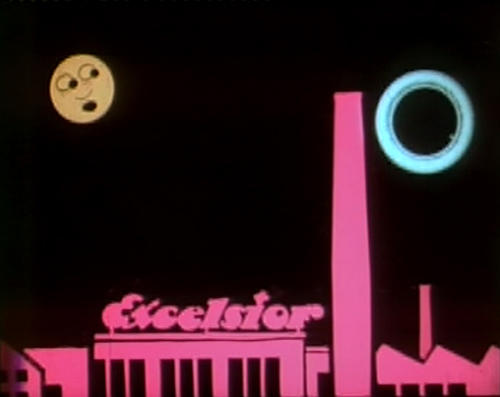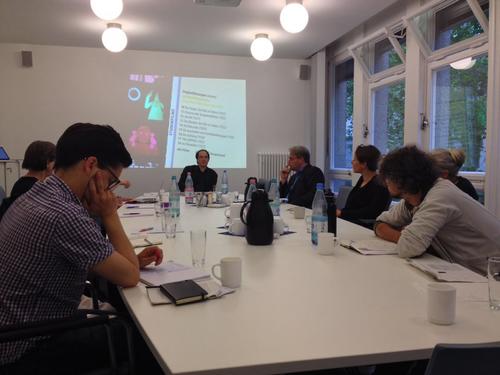Michael Cowan: "Walter Ruttmann and the Weimar Advertising Film"
24.05.2016 | 14:00 Vortrag von Michael Cowan.
Freie Universität Berlin, May 24, 2016
Since his time at the University of Berkeley, California, the idea of “Kulturpoetik” has been a core interest in Michael Cowan’s work. As an expert of early German film and Reader in Film Studies at St Andrews University, Cowan currently works on the emergence of cinephilia and the notion of modernity. In this context, Cinepoetics was very pleased to welcome him for an interesting talk on Walter Ruttmann’s early animated advertisements.
Not only is this subject particularly interesting for the development of animation film, as Cowan put it, but it also gathers different notions of rhythmicity at play during the Weimar Republic. Thus, animation can be seen both as an aesthetic principle and as a paradigm for modernity, and for the ‘animated city’ in specific. In this sense, rhythm is an interdisciplinary key to understanding mass culture in the early 20th century, and always as an oscillation between expressive forces: the rhythm of machines in the factories, new rhythms in popular music, and especially the importance of rhythm in avant-garde films. In analyzing these patterns, even in details like blinking neon signs, we can make integral statements about artistic abstractions or figurations of sociocultural contexts, and about the resonance of such phenomena in 1920s audiences.
Here, Cowan concentrated on the interference of an avant-garde self-image with early advertising psychology. Two of Ruttmann’s early advertisements, DER SIEGER (1921) und DAS WUNDER (1922), already demonstrate how closely knit abstract formalism and effective advertising can be. Geometric shapes collide, co-exist, and transform each other, while a simple narration links them to the advertised product.
DER SIEGER shows the struggles of a durable Excelsior tire that climbs entire buildings and wraps itself around the sun to protect it from triangular shapes with mean-looking faces. Following Cowan, this is a perfect example testifying to how a lot of avant-garde artists – contrary to popular belief – never lost sight for a certain applicability of their art in that their concepts of form also implied a certain idea of ‘forming’: the potential to take different shapes through morphing, to find ordering principles, or even to communicate the ideological impetus of forming a national body (as for example in Ruttmann’s later work within the context of National Socialism).
With regard to a more social dimension of these advertising films, our guest referred to a pluralistic society at the beginning of the 20th century. Never before had there been such a “multiplicity of masses” that had to be managed and regulated, Cowan explained. For him, the coalition of avant-garde and advertising plays a key role which could be worth looking at from a viewpoint of Foucauldian governmentality.
In subsequent discussions, the participants conversed about how this historical perspective can be used to examine contemporary audiovisual phenomena, namely the role of the digital and relations between film and audience, especially in terms of what Francesco Casetti calls a “relocation of cinema.”


